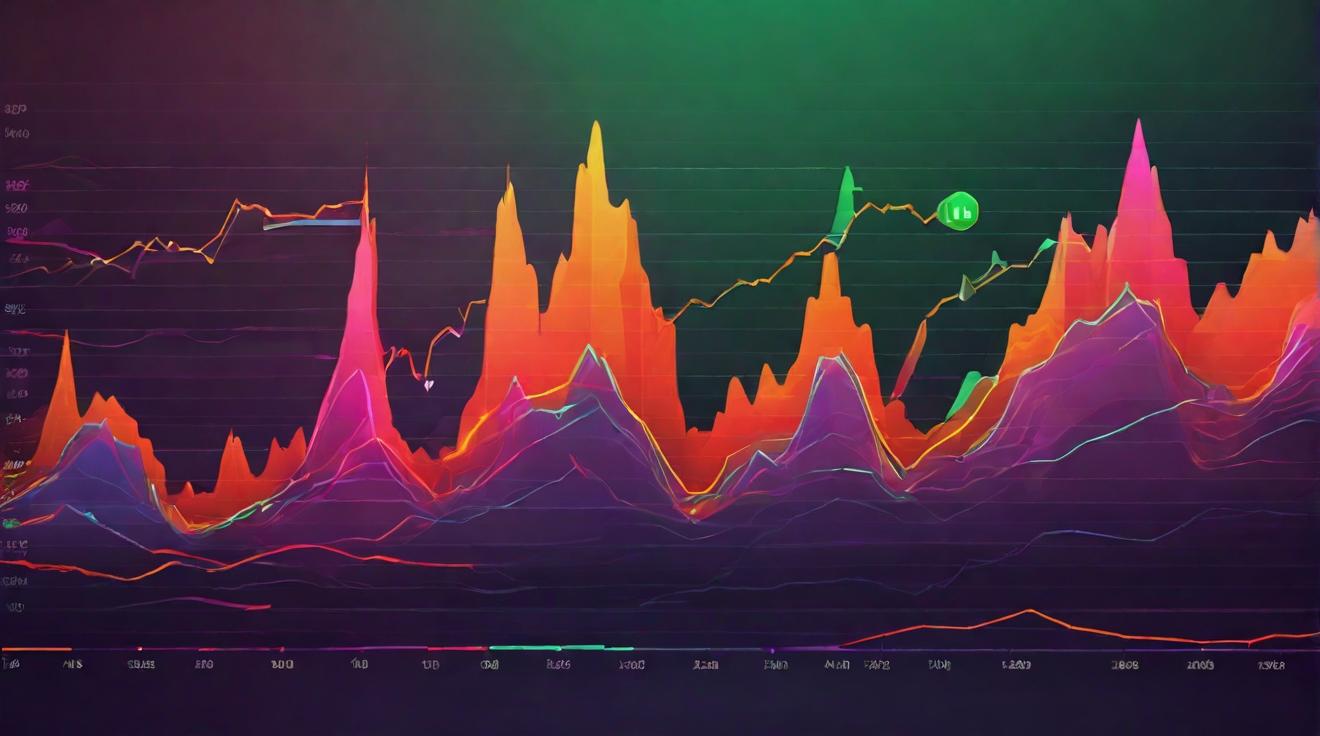Coca-Cola vs. Dr. Pepper Snapple: A Comparative SWOT Analysis
In an ever-evolving beverage industry, Coca-Cola and Dr. Pepper Snapple stand as two towering giants, each boasting a rich history and a diversified portfolio of products. As consumers' preferences shift towards healthier options and sustainability becomes more than a buzzword, it's crucial to delve into a SWOT analysis of these behemoths to gauge their current market positions, future prospects, and potential challenges.
Strengths: A Foundation of Brand Equity and Product Diversity
Coca-Cola, with its unparalleled brand recognition and global reach, continues to dominate the beverage landscape. The company's strategy of diversifying its product lineup beyond sugary sodas has paid dividends, introducing water, sports drinks, and healthy beverages to cater to a broader audience.
Similarly, Dr. Pepper Snapple has carved out a significant niche for itself, leveraging its unique flavors and an extensive distribution network. The company's focus on flavored beverages has enabled it to maintain a loyal customer base, despite the competitive pressures.
Weaknesses: Navigating Health Trends and Regulatory Hurdles
However, it's not all smooth sailing. Coca-Cola and Dr. Pepper Snapple face increasing scrutiny over the health impacts of their traditional soda products. The global push towards sugar taxes and tighter regulations on marketing to children represent significant hurdles.
Moreover, both companies grapple with the complex challenge of reducing their environmental footprint, particularly in terms of plastic usage and water consumption.
Opportunities: Innovation and Market Expansion
Despite these challenges, opportunities abound. The rising demand for low-calorie, sugar-free, and natural ingredient beverages opens up new avenues for innovation. Coca-Cola's acquisition of Costa Coffee points to its ambition to diversify into the hot beverage market, a space Dr. Pepper Snapple could also explore.
Moreover, emerging markets present a fertile ground for expansion. Both companies have the potential to deepen their penetration in Asia, Africa, and Latin America, regions with growing middle classes and increasing disposable incomes.
Threats: The Competitive Landscape and Changing Consumer Preferences
Nevertheless, the competitive landscape is intensifying. Not only do Coca-Cola and Dr. Pepper Snapple have to contend with each other, but they also face pressure from niche players and private labels. These smaller companies, often more agile and innovative, can quickly capitalize on the latest consumer trends, from organic ingredients to eco-friendly packaging.
Additionally, the shift towards health and wellness continues to accelerate. If Coca-Cola and Dr. Pepper Snapple cannot align their portfolios with these consumer preferences quickly, they risk losing market share to companies that can.
Conclusion
In conclusion, while Coca-Cola and Dr. Pepper Snapple enjoy strong market positions, they must navigate a landscape marked by significant opportunities and equally daunting threats. Their ability to innovate, adapt to regulatory changes, and meet the evolving demands of consumers will be critical in securing their future success in the competitive beverage industry.













